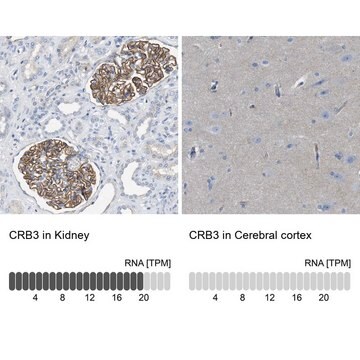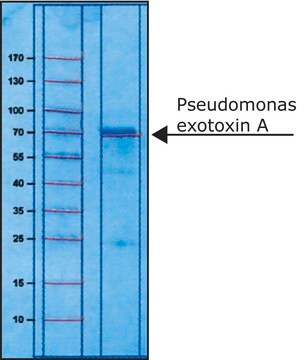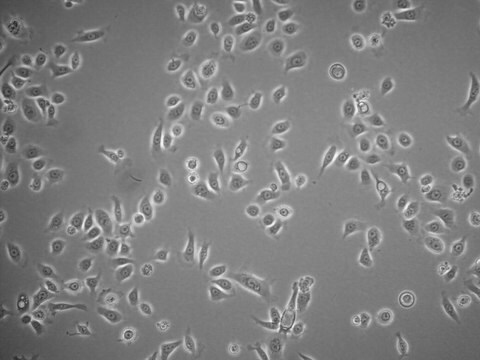ABN1378
Anti-Intersectin-1/ITSN1 Antibody
from rabbit
Synonym(e):
Intersectin-1, SH3 domain-containing protein 1A, SH3P17, Intersectin-1/ITSN1
About This Item
Empfohlene Produkte
Biologische Quelle
rabbit
Qualitätsniveau
Antikörperform
purified antibody
Antikörper-Produkttyp
primary antibodies
Klon
polyclonal
Speziesreaktivität
rat, human
Speziesreaktivität (Voraussage durch Homologie)
mouse (based on 100% sequence homology), primate (based on 100% sequence homology), equine (based on 100% sequence homology), bovine (based on 100% sequence homology), feline (based on 100% sequence homology)
Methode(n)
immunoprecipitation (IP): suitable
western blot: suitable
NCBI-Hinterlegungsnummer
UniProt-Hinterlegungsnummer
Versandbedingung
wet ice
Posttranslationale Modifikation Target
unmodified
Angaben zum Gen
human ... ITSN1(6453)
Allgemeine Beschreibung
Spezifität
Immunogen
Anwendung
Immunoprecipitation Analysis: A representative lot co-immunoprecipitated ITSN2 with ITSN1 from HEK293 cells (Novokhatska, O., et al. (2013). PLoS One. 8(7):e70546).
Immunoprecipitation Analysis: A representative lot immunoprecipitated ITSN1 in lysates prepared from growing HEK293, HeLa, MCF-7, and MDA-MB-231 cultures (Novokhatska, O., et al. (2013). PLoS One. 8(7):e70546).
Western Blotting Analysis: A representative lot detected ITSN1, but not ITSN2, by Western blotting using total HEK293 cell lysate or ITSN1 immunoprecipitate obtained from HeLa cell lysates (Novokhatska, O., et al. (2013). PLoS One. 8(7):e70546).
Qualität
Western Blotting Analysis: Western Blotting Analysis: 0.5 µg/mL of this antibody detected Intersectin-1/ITSN1 in 10 µg of rat brain cytosolic preparation.
Zielbeschreibung
Physikalische Form
Sonstige Hinweise
Sie haben nicht das passende Produkt gefunden?
Probieren Sie unser Produkt-Auswahlhilfe. aus.
Lagerklassenschlüssel
12 - Non Combustible Liquids
WGK
WGK 1
Flammpunkt (°F)
Not applicable
Flammpunkt (°C)
Not applicable
Analysenzertifikate (COA)
Suchen Sie nach Analysenzertifikate (COA), indem Sie die Lot-/Chargennummer des Produkts eingeben. Lot- und Chargennummern sind auf dem Produktetikett hinter den Wörtern ‘Lot’ oder ‘Batch’ (Lot oder Charge) zu finden.
Besitzen Sie dieses Produkt bereits?
In der Dokumentenbibliothek finden Sie die Dokumentation zu den Produkten, die Sie kürzlich erworben haben.
Unser Team von Wissenschaftlern verfügt über Erfahrung in allen Forschungsbereichen einschließlich Life Science, Materialwissenschaften, chemischer Synthese, Chromatographie, Analytik und vielen mehr..
Setzen Sie sich mit dem technischen Dienst in Verbindung.








